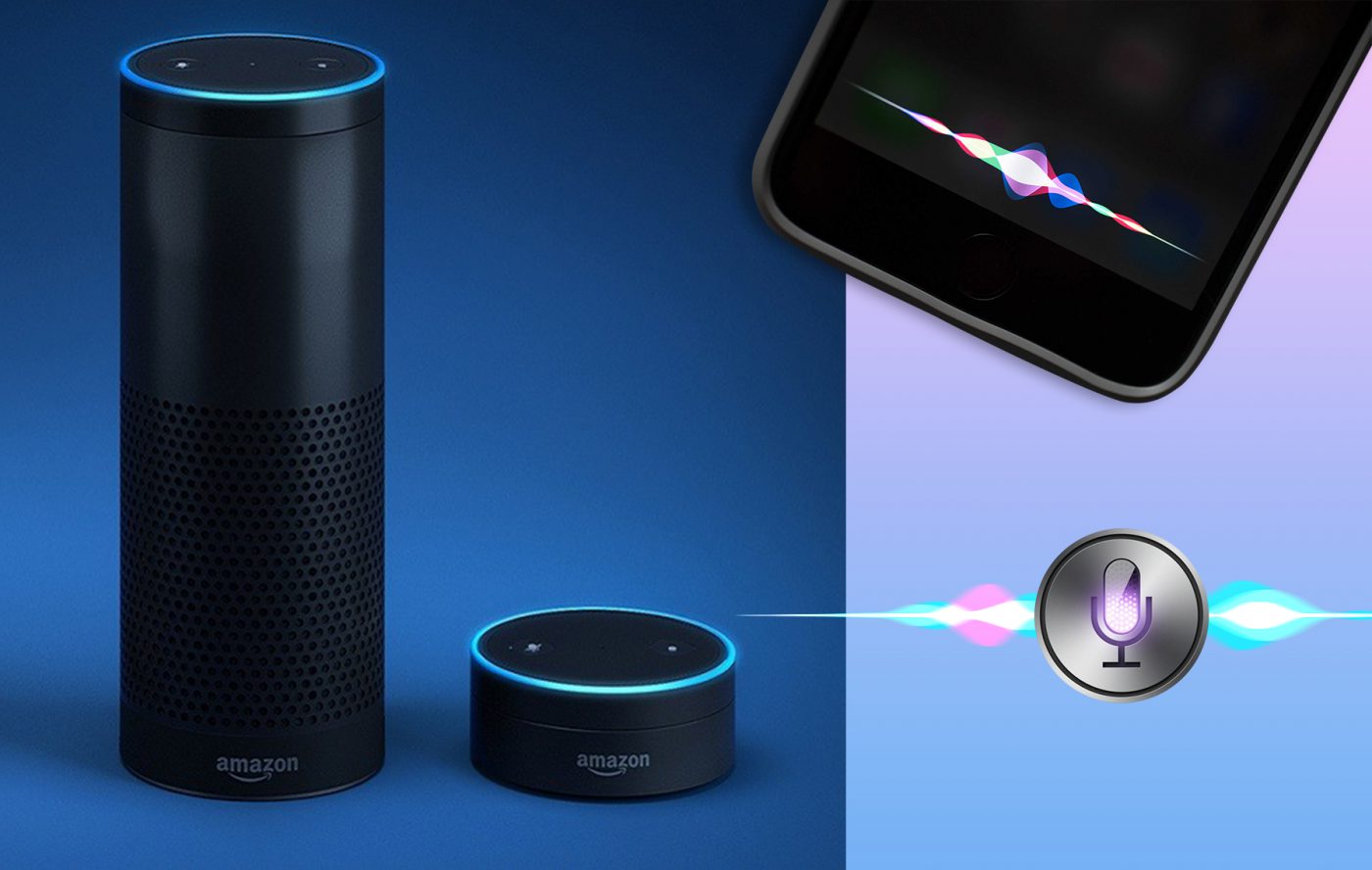Martin Iselt, the Creative Director at CBA Paris, explains why the way in which a brand “reasons” could be a more important aspect than the way in which it appears.
We are currently living in an era in which technology is progressing at a faster rate than the speed at which brands are adapting. For the first time, brands are forced to react to developments in technology rather than being their point of origin, or at least evolving at the same rate. This is explained by the fact that the most recent innovations in technology have moved away from the concept according to which brands are visual identities; on the contrary, we are being directed towards a fascinating but currently unexplored territory: invisible brands.

Nowadays, those attending design institutes are taught visual communication: logos, identities, photography, choice of colour and printing. In the past, these visual elements would have been used to develop a brand. New visual concepts, from changes in logo and illustration, to the daring image of the logo for the 2012 Olympic games in London. But technology is now taking us beyond the visual aspect of the brand. One only has to consider that brand loyalty is mainly influenced by the experience that the brand offers, more than the way in which it appears. Uber is one example. In the meantime, the success of Alexa for Amazon and Siri for Apple has paved the way for a brand experience which is based purely on an audio aspect, which offers significant opportunities and challenges.
The possibilities offered by sound
If one asks Alexa to purchase water, it would probably choose the brand with which Amazon has the best deal, save for cases where specific indications are given by the user. In the same way, with developments in domotics, an ever-increasingly topical sector, consumers need to be particularly loyal to a brand in order to ensure that their digital assistant requests a specific brand or service provider. In this universe of audio consumers, the way in which a brand “reasons”, exists and communicates within a vocal universe is much more important that its appearance, and it is through sound that we are able to continue to connect to the public thanks to technological evolution. A complex audio identity will acquire ever-increasing importance as we are given the possibility to speak to brands. As the displays of our vehicle navigation systems are becoming increasingly smaller, why not have jingles for the bars and petrol stations located along our route?
Stubb’s barbecue sauce is a fun example of a brand which is making an initial incursion into the world of invisible branding. For Alexa, an “Ask Stubb” application has been developed. Once downloaded, consumers can ask Alexa for recipes, listen to music, get advice and cooking tips and, obviously, buy sauce whenever they want. You don’t have to be a branding genius to understand the advantages that all of this brings to Stubb over competitors who don’t offer audio services.
But don’t misunderstand! I think that brands will always need visual elements. The look of a product when it arrives in our homes will always be a fundamental factor. However, the habits of consumers go beyond the screen. Sound is becoming ever more important when examining consumers’ purchasing decisions.

The risks
A world of invisible brands presents new opportunities for establishing dialogue with consumers, but possible threats lurk around the corner. Whatever the digital assistant chosen by the consumer to make purchases or check on their homes, it could make important decisions on their behalf, for example choosing an electricity provider.
If Nest, or any other smart application which controls the thermostat, could communicate and propose better deals, what electricity provider would it suggest? Would an offer which takes into consideration environmental impact have more value, in my eyes, than one which is cheaper? This “short circuit” in direct communication with the brands in question can potentially emerge in any product category and would lead to the creation of monopolies or situations in which only a specific group of brands would gain ever-increasing clients.

Some experts have even hypothesised that vocal assistants, such as Alexa, will highlight the differences between brands. In my opinion, it is possible that the contrary is the case, inasmuch as this scenario could open a dialogue between consumers and brands. Brand loyalty will be the main factor, and thus brands will have to immediately re-think the way to create experiences and live in the world of invisible brands.
The solution
It will be the responsibility of agencies to identify the best ways to ensure that individual brands can exist in this new environment. In substance, we need to start thinking about brands by taking into consideration differing aspects and follow this line of thought by understanding how technology can connect with consumers, beyond visual means.
In the future it will be necessary to define how to exploit, adapt and personalise technology in favour of brands. It will be necessary to be the originator of technology rather than be subjected to it.
The evolution of branding will have to take into consideration all points of contact, all forms of technology. Currently, I believe that a very large proportion of the industry is not fully aware of the infinite opportunities that invisible branding can offer. Only agencies which are capable of providing an offer which is complete and perfectly aligned with technological advances will be able to survive.
Martin Iselt
Direttore Creativo, CBA Parigi

